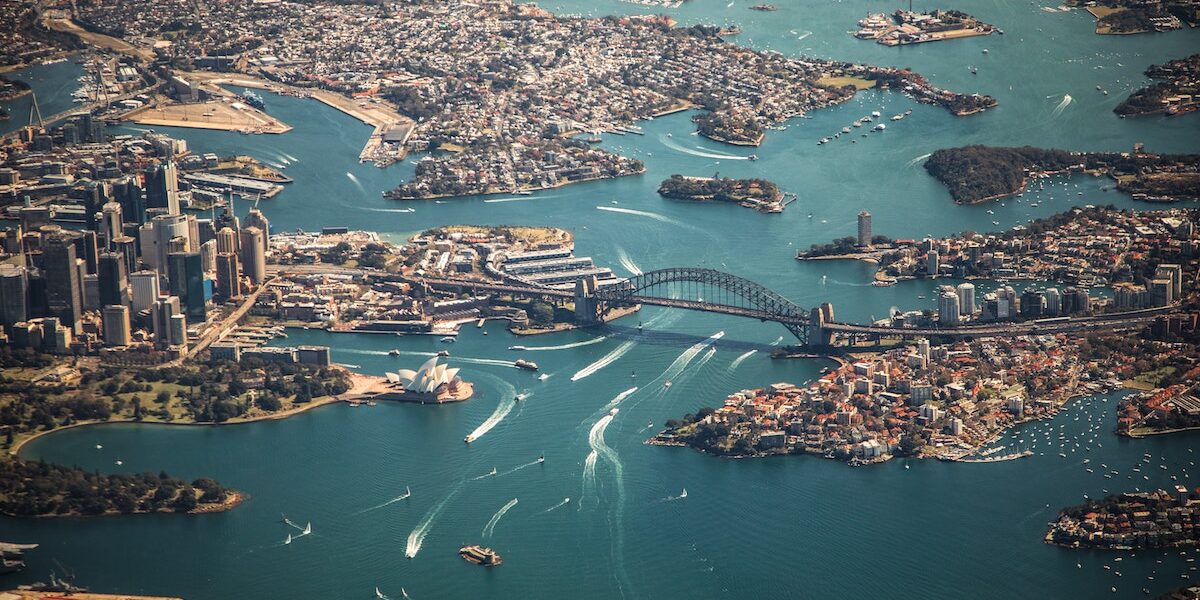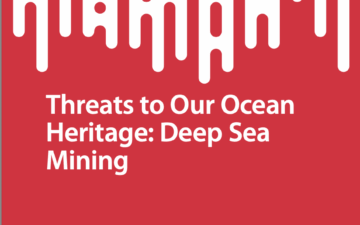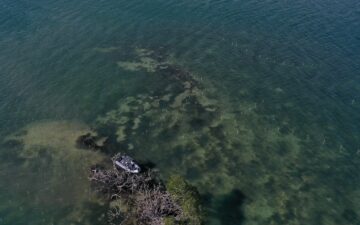I spent the beginning of May in Van Diemen’s Land, a penal colony established by Great Britain in 1803. Today, it is known as Tasmania, one of the six original colonies that became a state in modern Australia. As you might imagine, the history of this place is dark and very disturbing. As a result, it seemed an appropriate place to meet and speak of a gnawing fear, a dreaded plague known as ocean acidification.
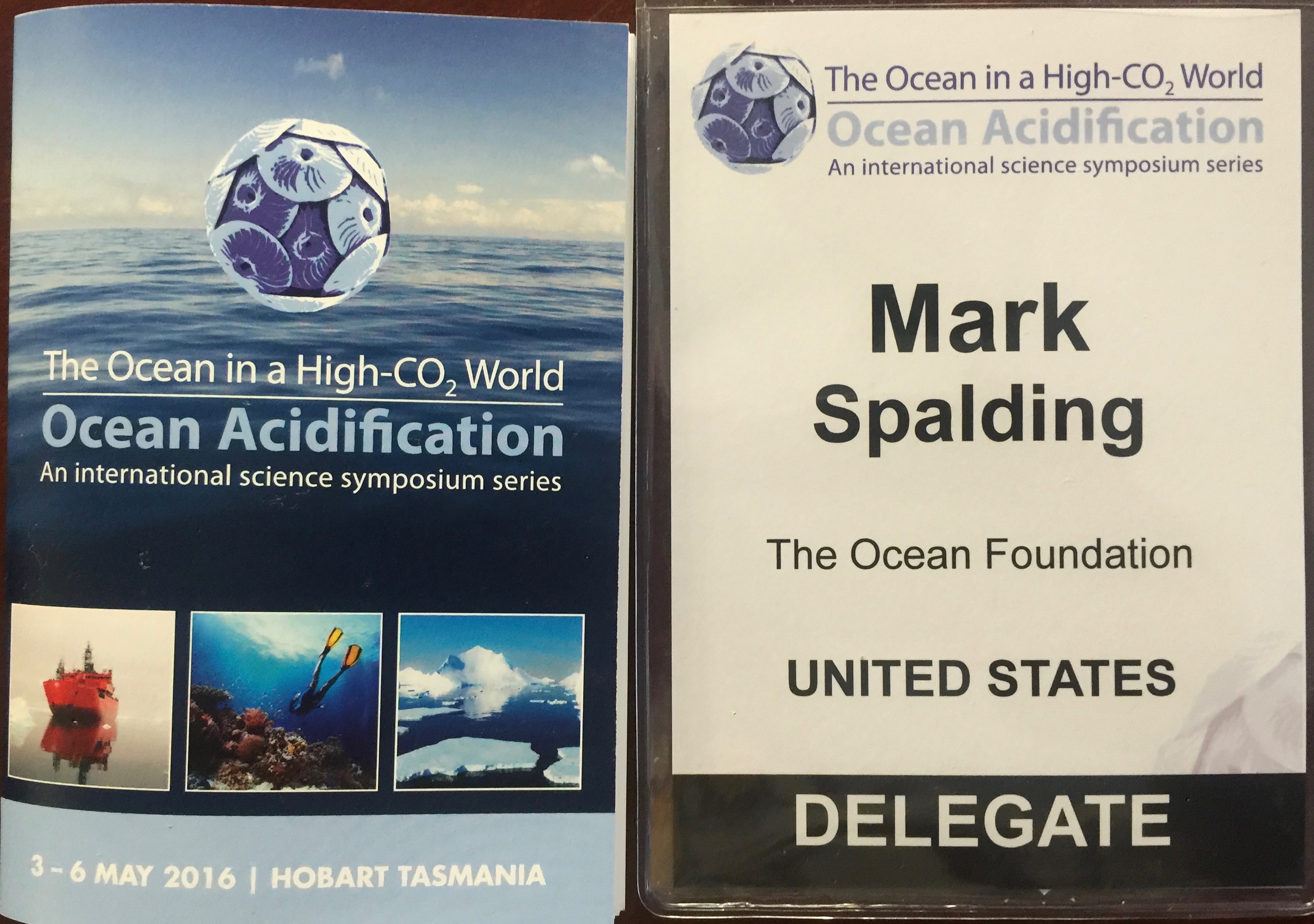
330 scientists from around the world gathered for the quadrennial Ocean in a High CO2 World Symposium, which was held in Tasmania’s capital, Hobart, from May 3 to May 6. Fundamentally, the conversation about high levels of carbon dioxide in the earth’s atmosphere and its effect on the ocean is a conversation about ocean acidification. The background pH of the ocean is dropping—and the effects can be measured everywhere. At the symposium, scientists gave 218 presentations and shared 109 posters to explain what is known about ocean acidification, as well as what is being learned about its cumulative interaction with other ocean stressors.
The ocean’s acidity has increased by about 30% in less than 100 years.
This is the most rapid increase in 300 million years; and is 20 times faster than the most recent rapid acidification event, which took place 56 million years ago during the Paleocene-Eocene Thermal Maximum (PETM). Slow change allows for adaptation. Rapid change does not grant time or space for adaptation or biological evolution of ecosystems and species, nor the human communities that depend on the health of those ecosystems.
This was the fourth Ocean in a High CO2 World Symposium. Since the first meeting in 2000, the symposium has progressed from a gathering to share the early science about the what and where of ocean acidification. Now, the gathering reaffirms the maturing body of evidence about the basics of the changing chemistry of the ocean, but is far more focused on assessing and projecting complex ecological and social impacts. Thanks to rapid advances in the understanding of ocean acidification, we are now looking at the physiological and behavioral impacts of ocean acidification on species, the interactions between these impacts and other ocean stressors, and how these effects change ecosystems and affect the diversity and community structure in ocean habitats.
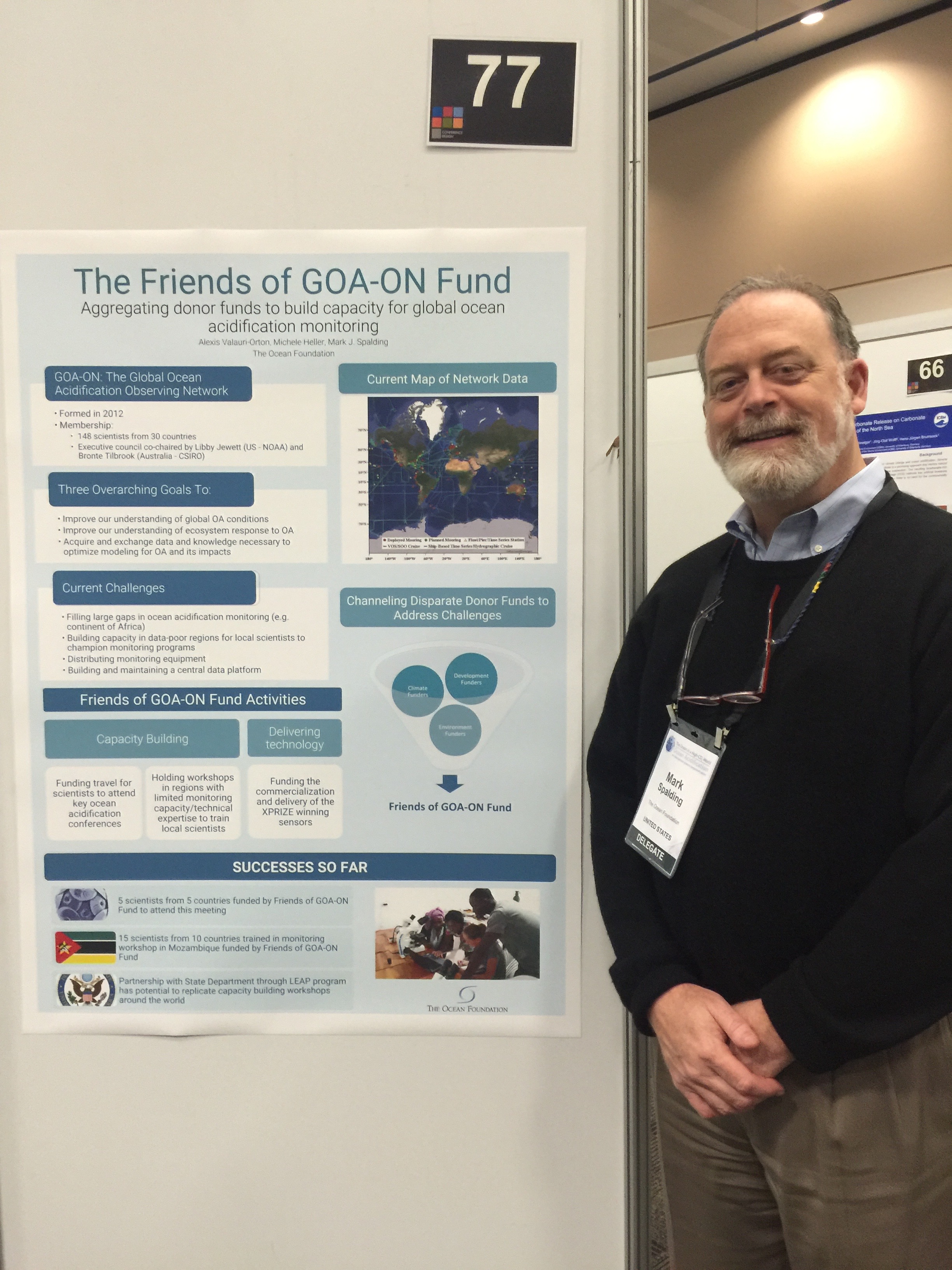
I consider this meeting one of the most incredible examples of cooperation in response to a crisis that I have had the privilege to attend. The meetings are rich in camaraderie and collaboration—perhaps due to the participation of so many young women and men in the field. This meeting is also unusual because so many women serve in leadership roles and appear on the speakers’ roster. I think a case can be made that the result has been an exponential advance in the science and understanding of this unfolding disaster. Scientists have stood on each other’s shoulders and accelerated global understanding through collaboration, minimizing turf battles, competition, and displays of ego.
Sadly, the good feeling engendered by the camaraderie and significant participation by young scientists is in direct contrast to the depressing news. Our scientists are confirming that humanity is facing a disaster of monumental proportions.
Ocean Acidification
-
Is the result of putting 10 gigatons of carbon into the ocean each year
-
Has seasonal and spatial as well as photosynthesis respiration variability
-
Alters the ocean’s ability to generate oxygen
-
Depresses immune responses of ocean animals of many kinds
-
Raises the energy cost to form shells and reef structures
-
Changes sound transmission in water
-
Affects olfactory cues that enable animals to find prey, defend themselves, and survive
-
Reduces both the quality and even the taste of food because of the interactions that generate more toxic compounds
-
Exacerbates hypoxic zones and other consequences of human activities
Ocean acidification and global warming will operate in concert with other anthropogenic stressors. We are still beginning to understand what the potential interactions will look like. For example, it has been established that the interaction of hypoxia and ocean acidification makes de-oxygenation of coastal waters worse.
While ocean acidification is a global issue, coastal livelihoods will be adversely affected by ocean acidification and climate change, and so local data is needed to define and inform local adaptation. Collecting and analyzing local data allows us to improve our ability to predict ocean change at multiple scales, and then adjust management and policy structures to address local stressors that may be exacerbating the consequences of lower pH.
There are huge challenges in observing ocean acidification: variability of chemistry changes in time and space, which can combine with multiple stressors and result in multiple possible diagnoses. When we combine many drivers, and do the complex analysis to determine what how they cumulate and interact, we know the tipping point (triggering of extinction) is highly likely to be beyond normal variability, and faster than the evolution capability for some of the more complex organisms. Thus, more stressors mean more risk of ecosystem collapse. Because species survival performance curves are not linear, ecological and ecotoxicology theories will both be needed.
Thus, ocean acidification observing must be designed to integrate the complexity of the science, the multiple drivers, the spatial variability and the need for time series to get an accurate understanding. Multidimensional experiments (looking at temperature, oxygen, pH, etc.) that have more predictive power should be favored because of the urgent need for greater understanding.
Expanded monitoring will also affirm that change is happening faster than science can fully be applied to understanding both the change and its effect on local and regional systems. Thus, we have to embrace the fact we are going to be making decisions under uncertainty. In the meantime, the good news is that a (no regrets) resilience approach can be the framework for shaping practical responses to the negative biological and ecological effects of ocean acidification. This requires systems thinking in the sense that we can target known exacerbators and accelerators, while enhancing known mitigators and adaptive responses. We need to trigger the building of local adaptation capacity; thus building a culture of adaptation. A culture that fosters cooperation in the design of policy, creating the conditions that will favor positive adaptation and find the right incentives.
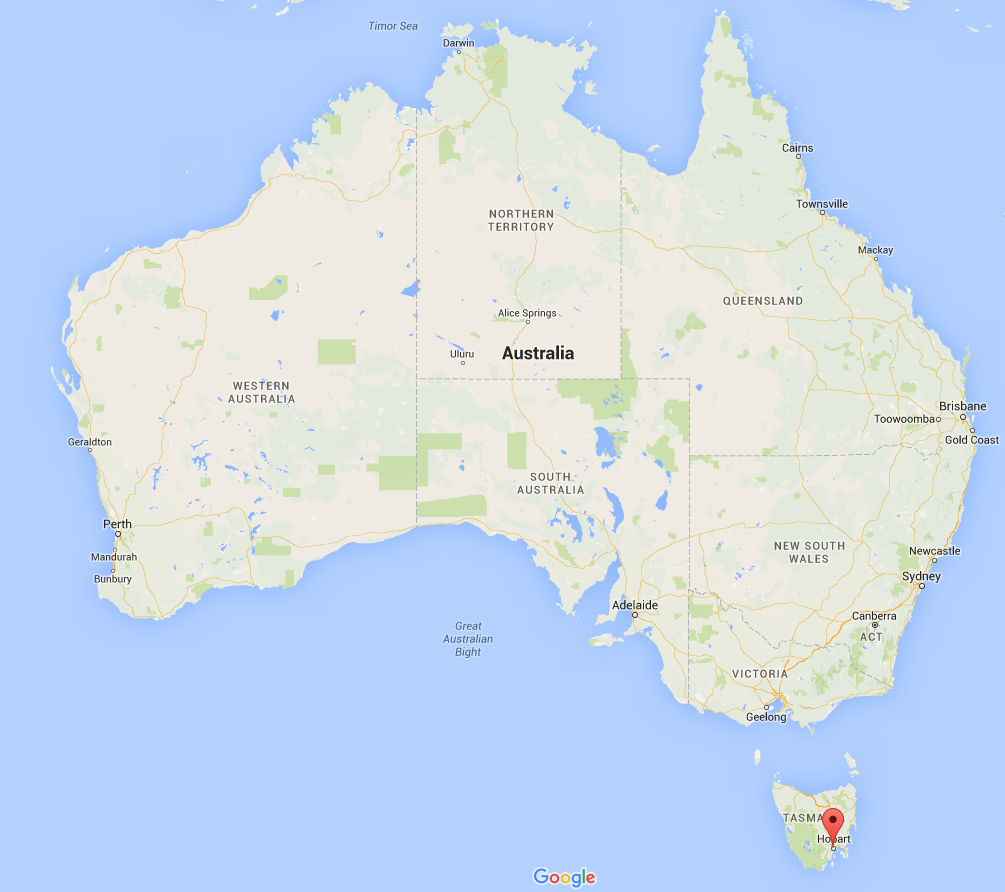
We know extreme events can create such incentives for social capital cooperation and a positive community ethic. We can already see that ocean acidification is a catastrophe that is driving community self-governance, linked to cooperation, enabling social conditions and the community ethic for adaptation. In the US, we have multiple examples of responses to ocean acidification informed by scientists and policy makers at the state level, and we are striving for more.
As an example of a specific, cooperative adaptation strategy, there is meeting the challenge of human driven hypoxia by addressing land-based sources of nutrients and organic pollutants. Such activities reduce nutrient enrichment, which fosters high levels of biological respiration de-oxygenation). We can also extract excess carbon dioxide from coastal waters by planting and protecting seagrass meadows, mangrove forests, and saltwater marsh plants. Both of these activities can enhance local water quality in an effort to build overall system resilience, while providing numerous other benefits for both coastal livelihoods and ocean health.
What else can we do? We can be precautionary and proactive at the same time. Pacific island and ocean states can be supported in efforts to reduce pollution and overfishing. For that matter, the potential for ocean acidification to have a negative effect on future primary production of the ocean needs to be incorporated into our national fisheries policies yesterday.
We have a moral, ecological, and economic imperative to reduce CO2 emissions as fast as we can.
Critters and people depend on a healthy ocean, and the effects of human activities on the ocean have already caused significant harm to the life within. Increasingly, people too are the victims of the ecosystem change we are creating.
Our high CO2 world is already here.
The scientists are in agreement about the dire consequences of continued acidification of ocean waters. They are in agreement about the evidence that supports the likelihood that negative consequences will be exacerbated by concurrent stressors from human activities. There is agreement that there are steps that can be taken at every level that promote resilience and adaptation.
In short, the science is there. And we need to expand our monitoring so that we can inform local decision making. But we know what we need to do. We just have to find the political will to do so.
